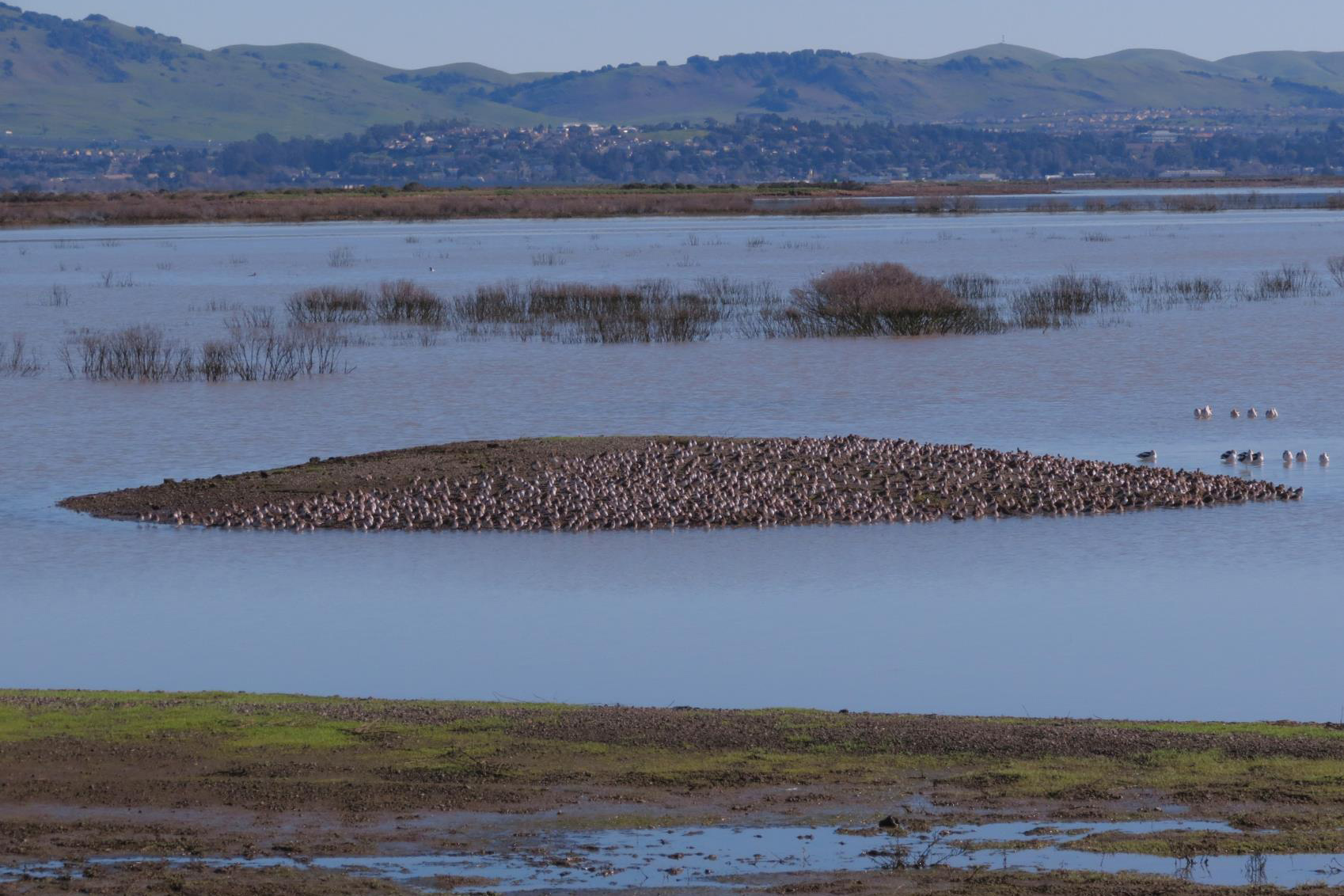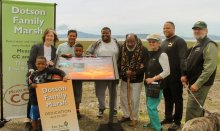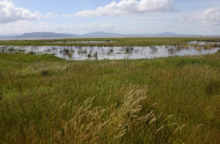Castro Cove Settlement Funds Two Successful Habitat Restoration Projects in California
June 27, 2023
A settlement between Chevron and the Castro Cove Natural Resource Trustees funded two habitat restoration projects to compensate for injuries caused by a hazardous wastewater release. The implementation and success of the two selected projects marks the culmination of the Castro Cove case.
Resolving Natural Resource Damage cases unlocks significant funding from polluters that allows the trustees to restore injuries from pollution to coastal communities, fish, and wildlife. This restoration builds coastal resilience by strengthening coastal ecosystems. Restoration is only possible when cases settle. Getting to a case-closure point is an extremely resource-intensive process, both in terms of dollars and effort, that can take many years to achieve. Below is a summary of pollution and restoration at this site.
Cases are considered closed when all collected damages (in terms of dollars) were expended on restoration, rehabilitation, replacement, and/or acquisition of equivalent resources, which includes mitigation of the public loss of services during the recovery period.
What Happened?
Between 1902 and 1987, the Chevron Refinery in Richmond, California, released wastewater into Castro Cove, part of the San Francisco Bay Estuary. Years later some of the sediments in the Cove, which affected bottom-dwelling organisms and their food web, still had high levels of contamination. Chevron removed the contaminated sediments while the Trustees worked with Chevron to conduct a natural resource damage assessment (NRDA) to determine appropriate restoration to compensate for injuries to Castro Cove’s habitat, fish, and wildlife. Trustees include NOAA, California Department of Fish and Wildlife, and the U.S. Fish and Wildlife Service.
What was the Outcome of the Settlement?
The settlement included $2.65 million to fund habitat restoration projects that would improve ecological function of tidal marsh habitats that are similar to the injured habitat in Castro Cove. A final Restoration Plan was released in 2010 which detailed the two restoration projects selected with help from public input, those projects were:
Cullinan Ranch Restoration- San Pablo Bay, California
Cullinan Ranch, located on 1,575 acres near the northern shore of San Pablo Bay in Solano and Napa counties, is being restored to tidal wetlands. The restoration will provide habitat for many species, including the endangered Ridgway's rail, salt marsh harvest mouse, and migratory salmonids.
Cullinan Ranch is managed as part of the San Pablo Bay National Wildlife Refuge. Funds were used to build a long flood control levee to both enhance habitat and protect local roadways from tidal fluctuation. Tidal waters returned to Cullinan Ranch in January 2015 when several portions of the old levees were breached.
Going forward, the site will be monitored up until 2030. Results have already been observed: Tidal wetland vegetation is slowly colonizing the lowered levees, and many fish species as well as birds – herons, egrets, shorebirds, dabbling ducks and diving ducks– are using the breached areas.
Dotson Family Marsh Restoration- Richmond, California
The Dotson Family Marsh project is restoring 33 acres of tidal marsh and upland habitats, and improving public access in a 150-acre parcel adjacent to San Francisco Bay.
The project, which began in 2013, removed debris, excavated fill material and created new tidal sloughs. Levee removals allowed the tide waters to return to the marsh which increased habitat for tidal marsh species. Benefiting wildlife including the Ridgway's rail and the salt marsh harvest mouse. Additionally, a new pedestrian and bike path closed a 1.5 mile gap in the San Francisco Bay Trail, and public parking, restrooms, trails, picnic facilities, and interpretive exhibits were constructed.
Dotson Family Marsh opened to the public in 2017. To date, tidal marsh vegetation has been increasing each year, and the tidal marsh restoration met its five-year performance monitoring standards. Monitoring efforts will continue through 2025. With sea level rise, it is anticipated that additional acres will return to tidal marsh.
Read the 2023 Final News Update from the Castro Cove Trustee Council here.








